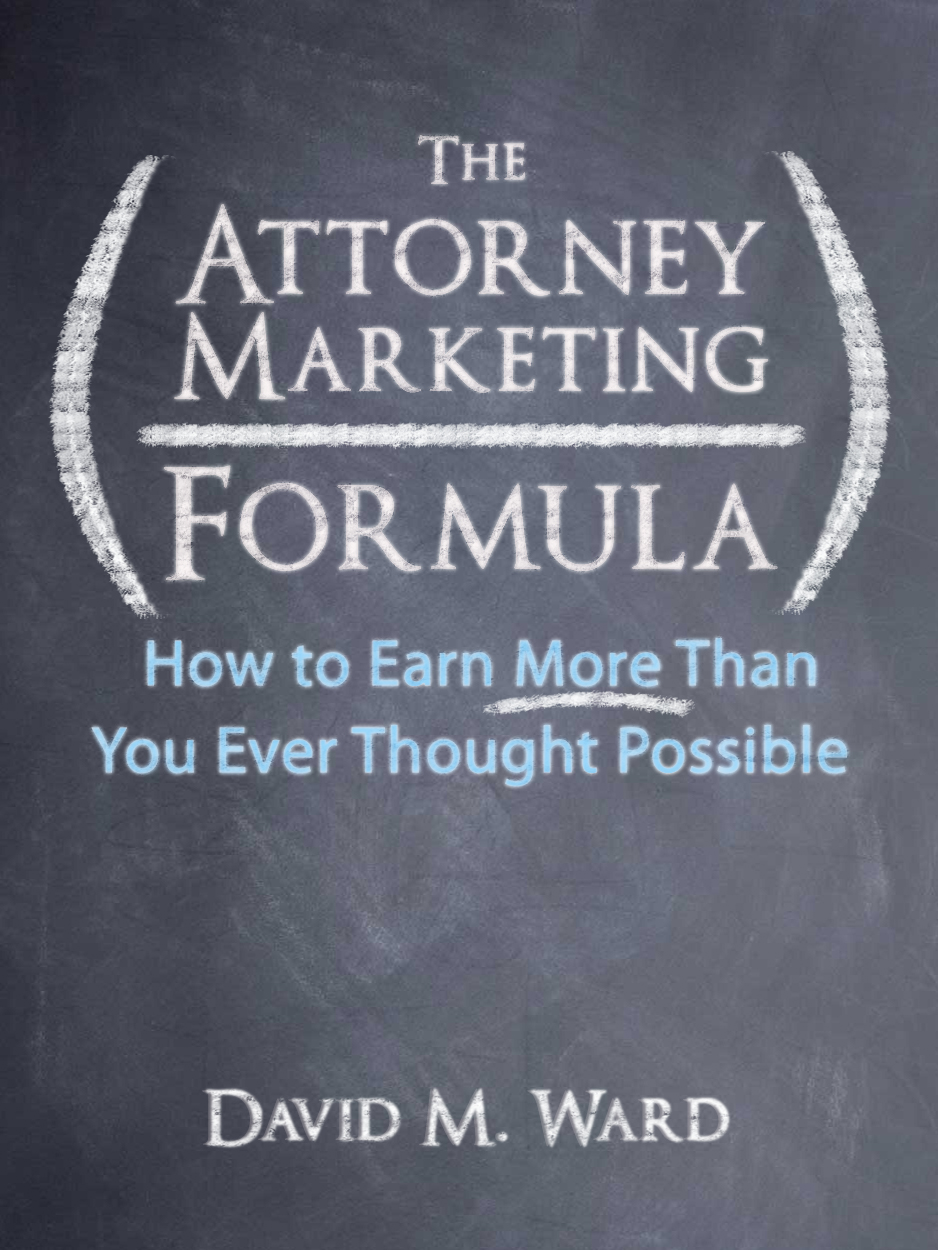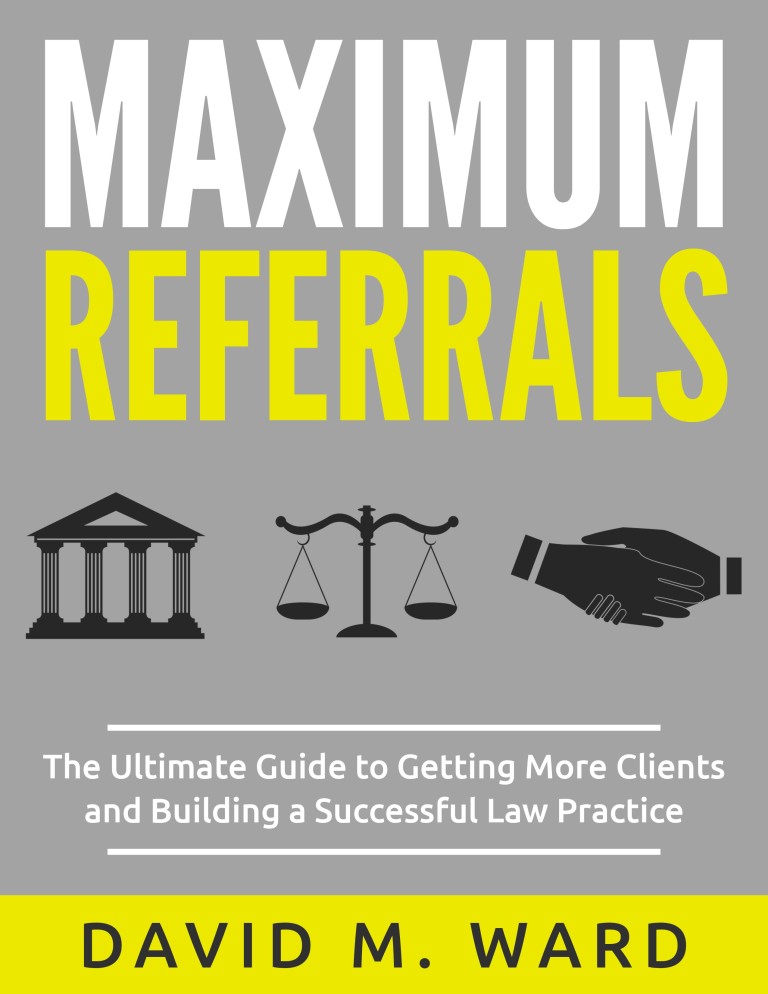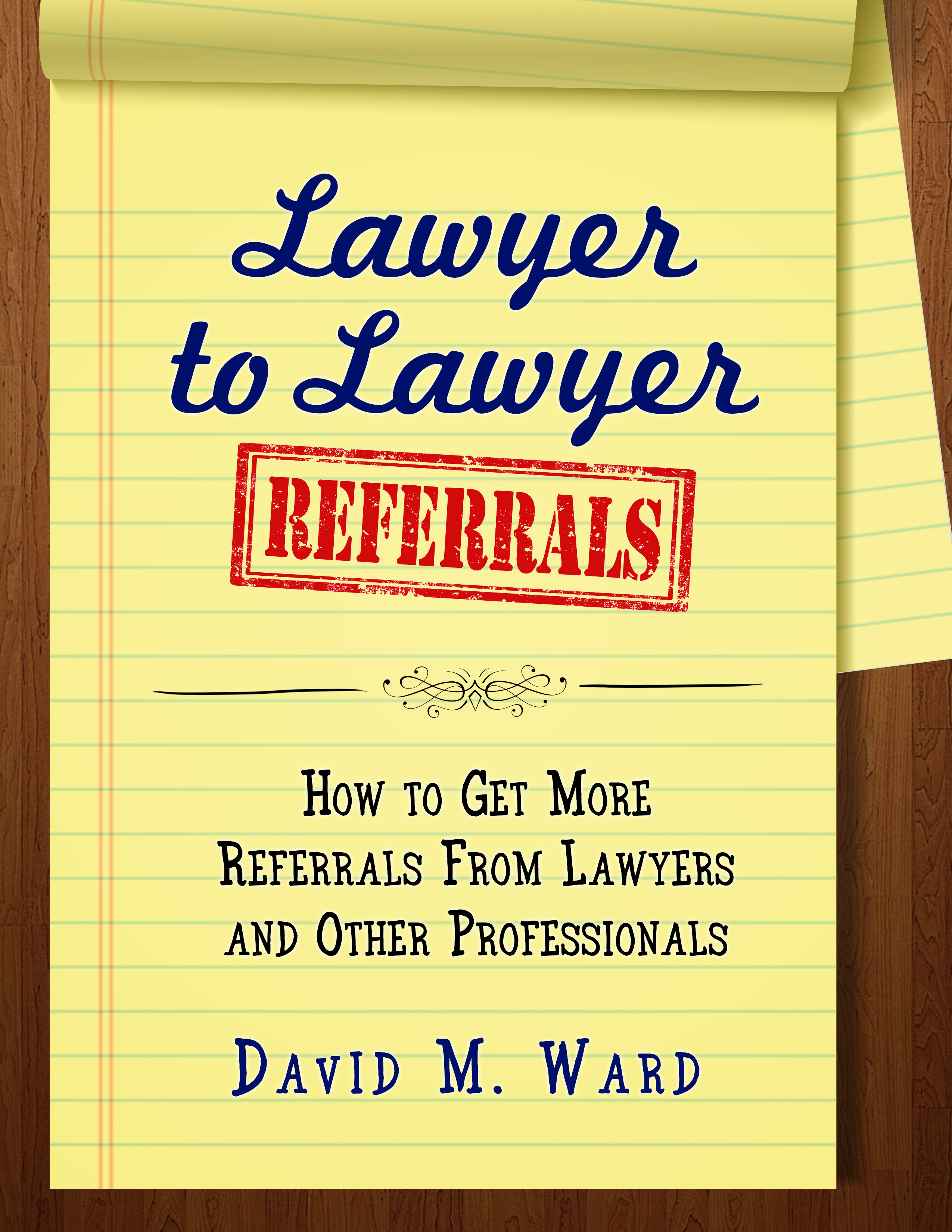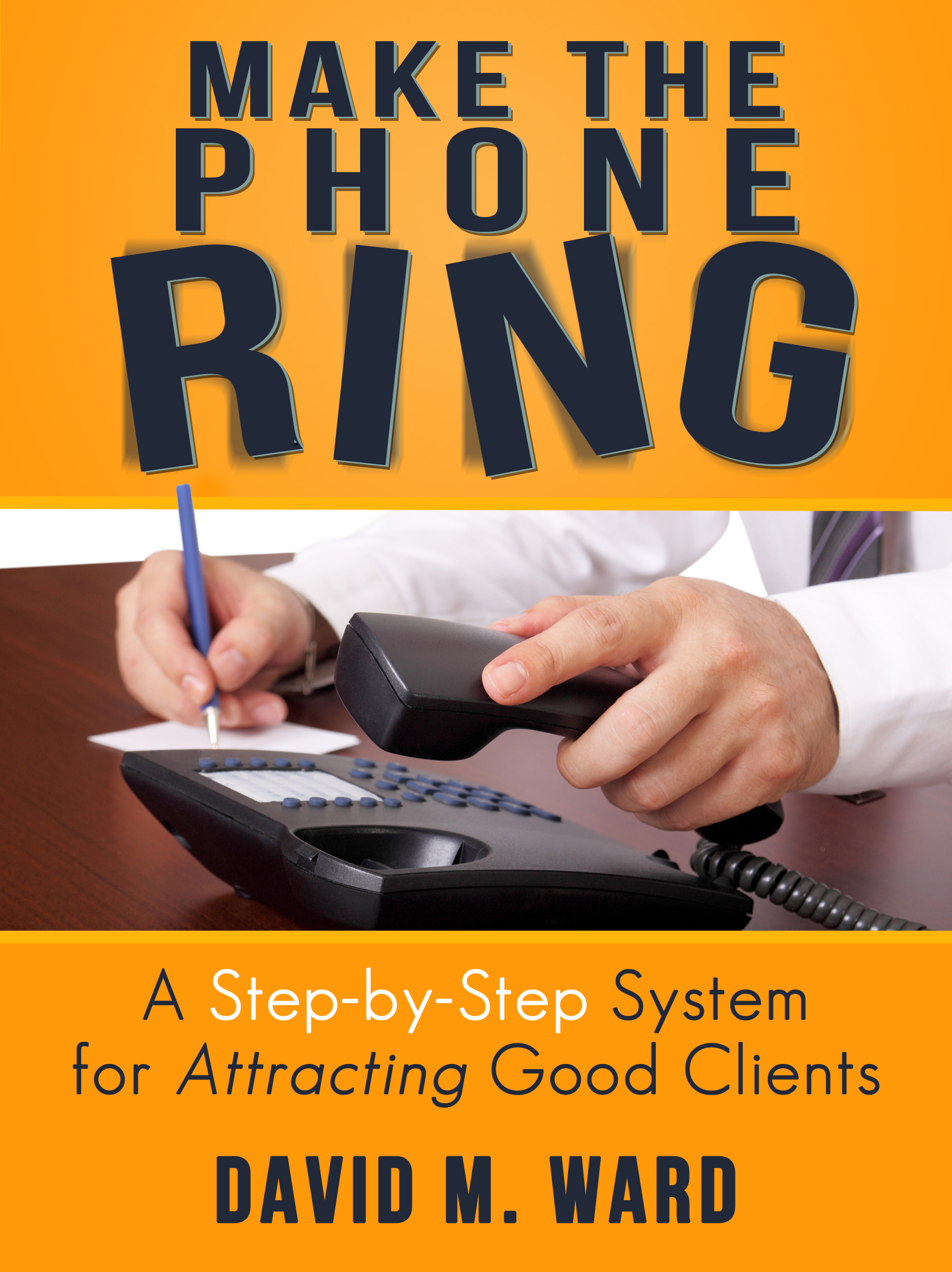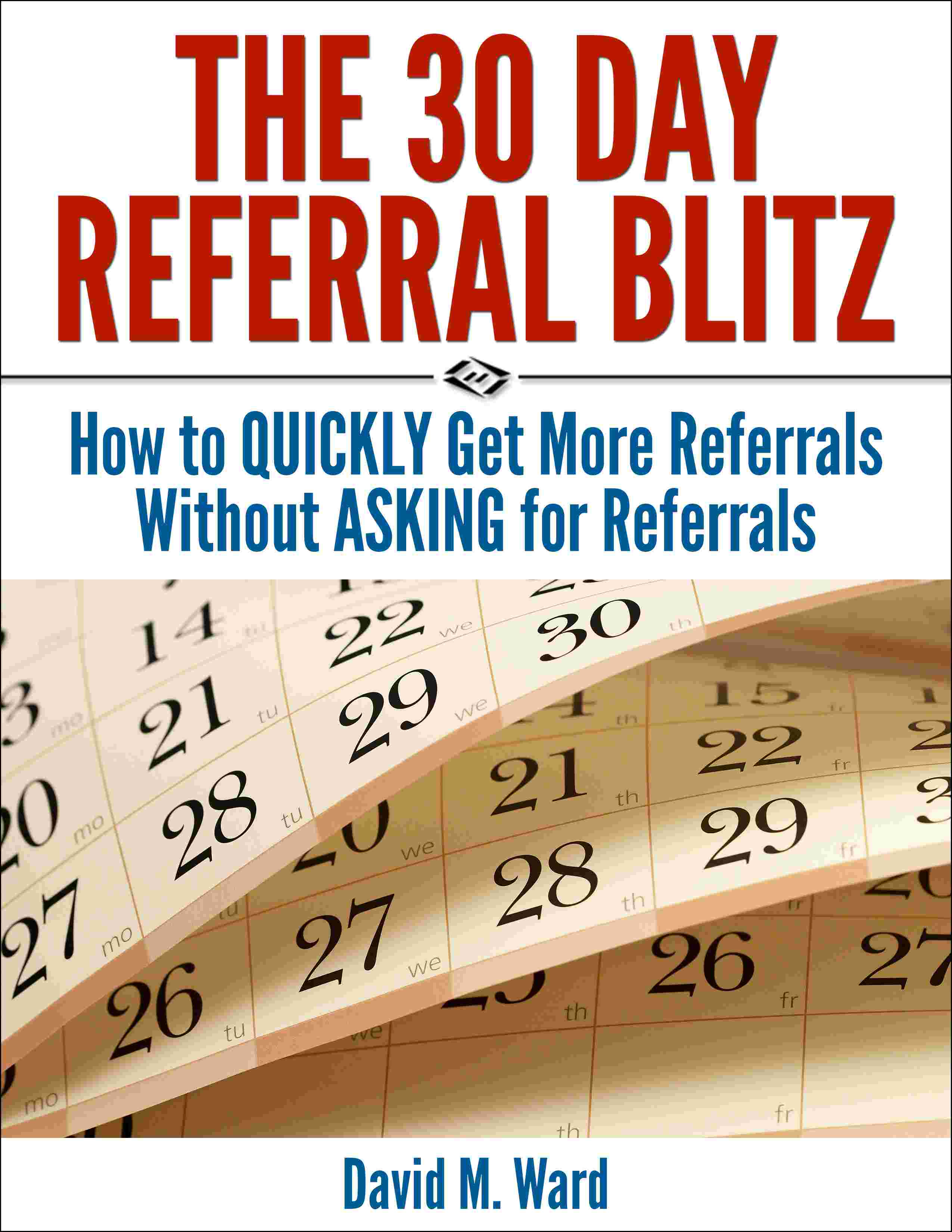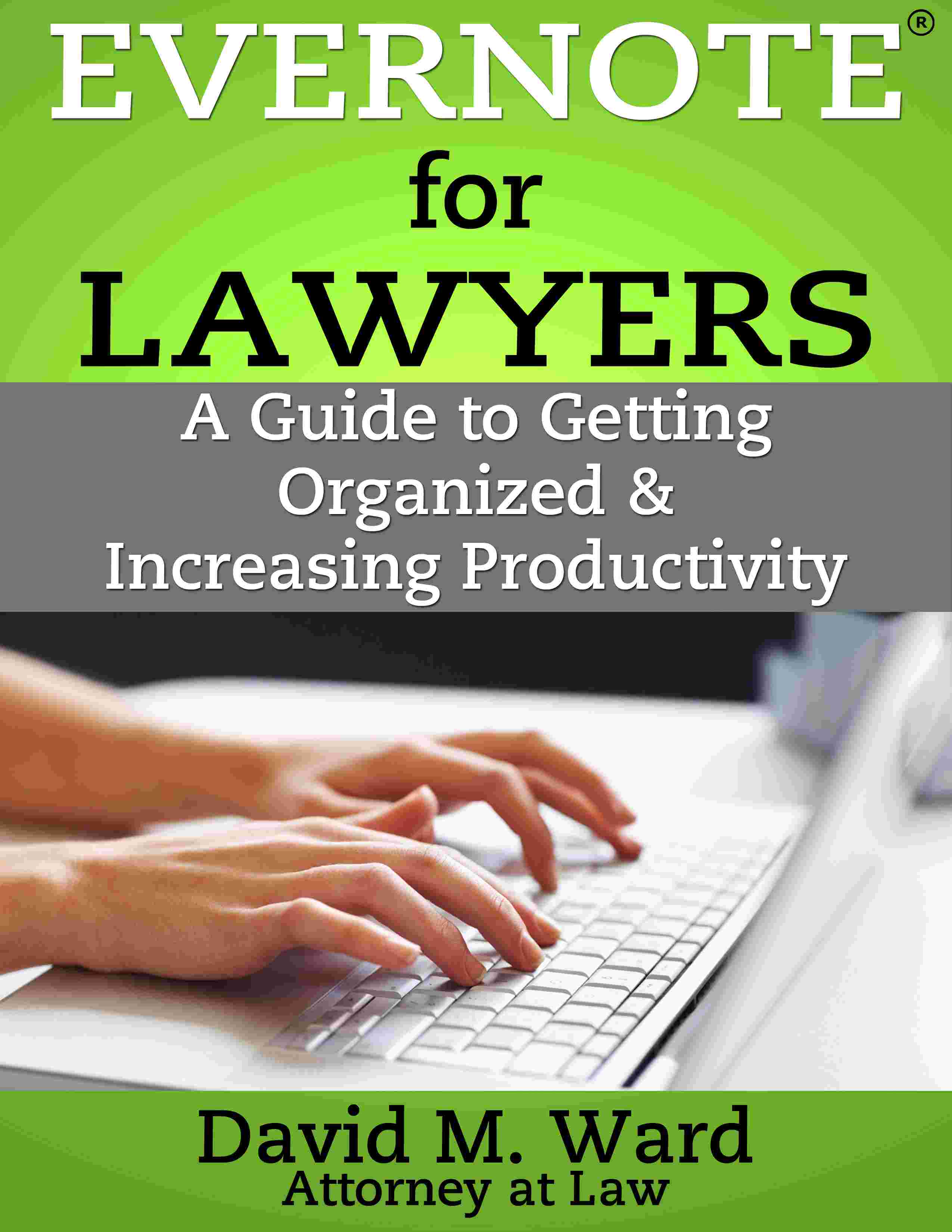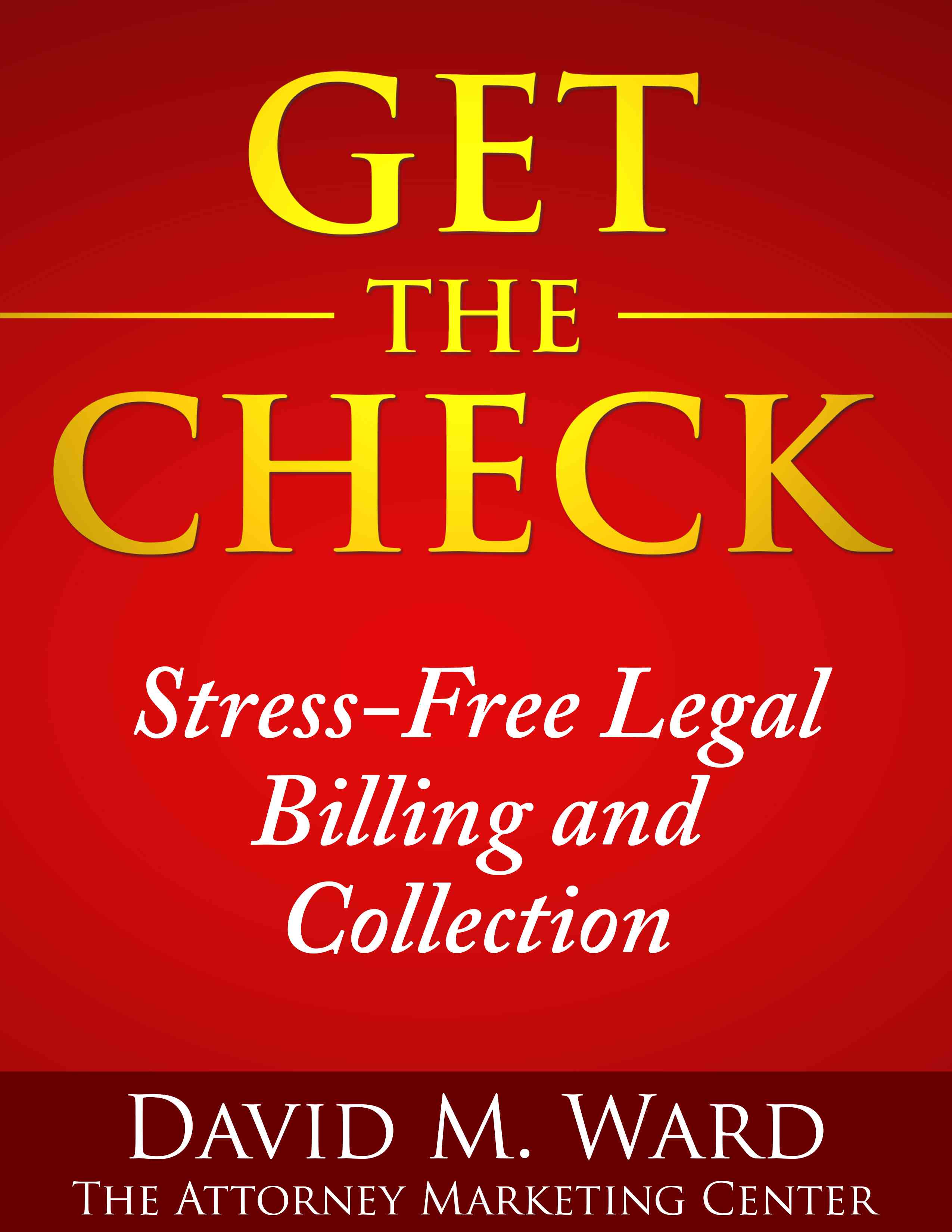I got a postcard from a real estate broker team in my area looking for listings. The first thing you read on the postcard is a series of bullet points:
- We LOVE Real Estate!!!!
- We LOVE our clients! Thank you for your support over the years.
- We LOVE listings! We get the most eyes on your property.
- We LOVE negotiating! We fight hard for your money.
- We LOVE selling houses! That’s what we do best.
And so on.
Anything wrong with this? Plenty.Â
Whether real estate broker or attorney, clients don’t hire you because you like what you do. They hire you because of what you can do for them.
A postcard featuring what YOU like about what you do doesn’t get the job done. Especially when that’s what you lead with.Â
In any marketing communications–websites, emails, ads,  postcards, or anything else, you have a few seconds to catch the prospect’s attention and compel them to continue reading.Â
Talking about YOURSELF first doesn’t do that. Instead, talk about what’s on the reader’s or listener’s mind, what’s going on in their world (and their head). Talk to them about their problems and desires. Then talk to them about your solutions.Â
The bullets on this postcard mention some benefits: “We get the most for your property, We fight hard for your money, We get the most eyes on your property,” but they aren’t “in focus”.
The brokers are in focus–what they love, what they’re good at.Â
In addition, the benefits in these bullets are weak and common. You read them and your eyes glaze over.Â
Look:Â
You have to get the prospect’s attention before they will read the content of your message. You can’t do that by telling them about yourself, you have to talk about them. Â
You have to tell prospects what’s in it for them. What benefits do you offer? How can you help them become better off? Quantify and dramatize the benefits; you can’t bore anyone into hiring you.Â
And you have to tell prospects why they should choose you instead of anyone else who says the same things. How are you different? Why are you better? What do you offer that others don’t?
Because if you say the same things everyone says, you’re really saying nothing.Â
One more thing. Putting a pretty picture and “Happy Valentine’s Day” on the front of the postcard doesn’t help.Â


